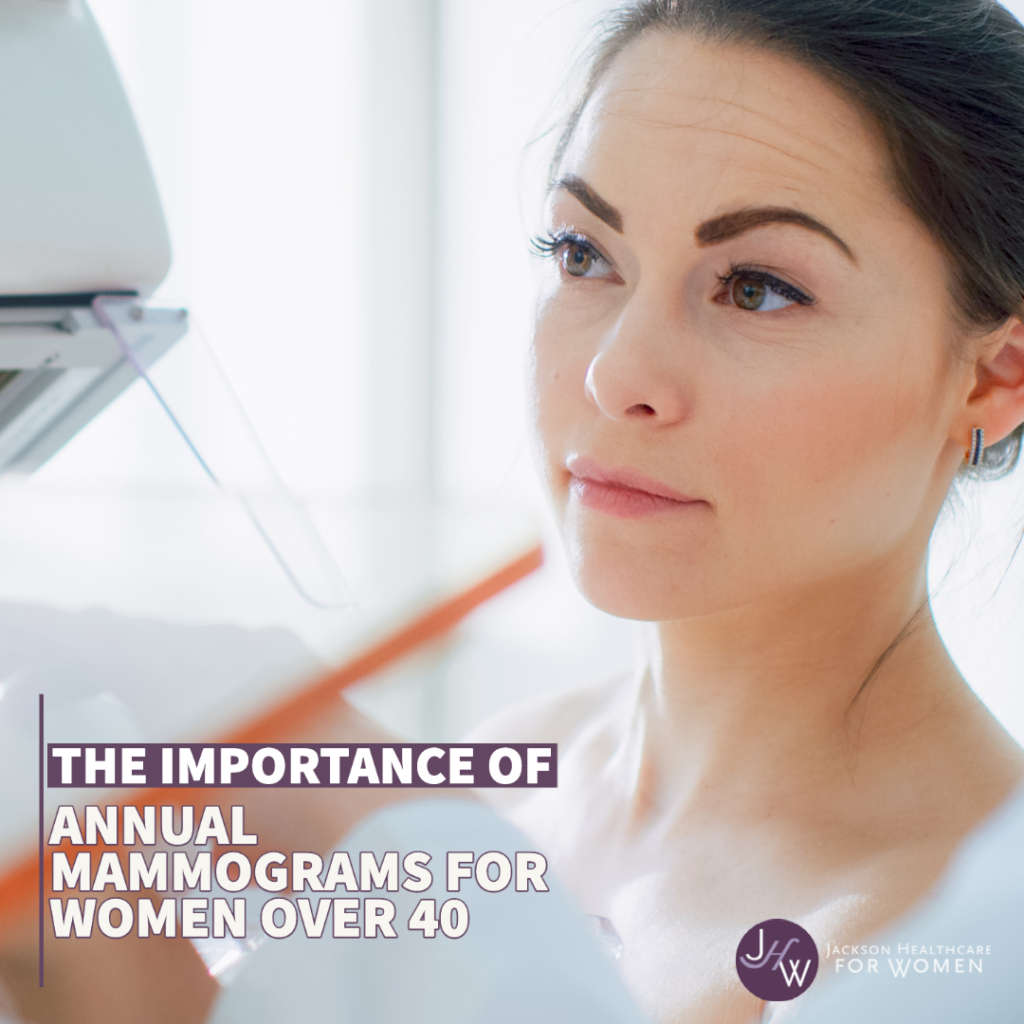Questions about when to have a mammogram are common since new guidelines were established over the last five or so years. We recommend following the American College of Obstetricians and Gynecologists guidelines, which suggest that women at average risk of breast cancer receive a screening mammography every 1-2 years beginning at age 40. If you have a family history of breast cancer, your physician may require you be screened earlier and more frequently. If you are age 50 and have still not had your first mammography, we suggest starting no later than age 50 years and continuing regular screenings until at least age 75 years.
I heard mammograms don’t do a great job of detecting breast cancer
Mammograms, like people are not perfect, but in addition to self-screening, they are our most useful screening tool to determine breast irregularities and cancer. Our Genius 3D mammography exam allows doctors to examine your breast tissue layer by layer. So, instead of viewing all the complexities of your breast tissue in a flat image, as with conventional 2D mammography, fine details are more visible and no longer hidden by the tissue above or below.[1]-7 Using this technology has historically allowed doctors to screen for breast cancer with greater accuracy, which means better breast cancer detection and a reduced chance of being called back for additional screenings.
More reasons to get screened:
- 1 in 8 women will develop breast cancer in her lifetime. This risk increases with age.
- 8 out of 9 women diagnosed with breast cancer have no family history
- With early detection, the five-year survival rate is almost 100%.
Study data from BreastCancer.org also supports the importance of regular screening beginning at age 40.
Breast cancer risks
Every woman is at risk for breast cancer and this risk increases over time and with certain factors including:
- Family history of breast or other related cancers (ovarian, melanoma)
- Any test results for abnormal genes linked to a high risk of breast cancer
- Results of past breast biopsies, even if they were benign
- Personal history of being treated with radiation to the face and/or chest before age 30
- Breast density weight
- If you’re overweight or obese
- Level of physical activity
- Any use of postmenopausal combined hormone replacement therapy (HRT)
- Alcohol consumption and if you regularly drink more than 3 alcoholic beverages per week
- The amount of processed food and trans fats you eat
- Your smoking history
- Whether or not you had a full-term pregnancy or breastfed
Jackson Healthcare for Women is Mississippi’s leading provider of health care services for women. With 16 physicians on staff, Jackson Healthcare for Women is one of the largest and most respected women’s healthcare clinics in the area.
- FDA submissions P080003, P080003/S001, P080003/S004, P080003/S005.
- Results from Friedewald, SM, et al. “Breast cancer screening
using tomosynthesis in combination with digital mammography.” JAMA 311.24 (2014): 2499-2507; a multi-site (13), non-randomized, historical
control study of 454,000 screening mammograms investigating the initial impact the introduction of the Hologic Selenia Dimensions on
screening outcomes. Individual results may vary. The study found an average 41% (95% CI: 20-65%) increase and that 1.2 (95% CI: 0.8-1.6)
additional invasive breast cancers per 1000 screening exams were found in women receiving combined 2D FFDM and 3D™ mammograms
acquired with the Hologic 3D Mammography™ System versus women receiving 2D FFDM mammograms only. - Zuckerman SP, Conant
EF, Keller BM, et al. Implementation of Synthesized Two-dimensional Mammography in a Population-based Digital Breast Tomosynthesis
Screening Program. Radiology. 2016 Dec;281(3):730-736. - Skaane P, Bandos A, Eben EB et al. Two view digital breast tomosynthesis
screening with synthetically reconstructed projection images: comparison with digital breast tomosynthesis with full-field digital mammographic
images. Radiology. 2014 Jun;271(3):655-63. - Bernardi D, Macaskill P, Pellegrini M et al. Breast cancer screening with tomosynthesis (3D
mammography) with acquired or synthetic 2D mammography compared with 2D mammography alone (STORM-2): a population-based
prospective study. Lancet Oncol. 2016 Aug;17(8):1105-13. - McDonald ES, Oustimov A, Weinstein SP et al. Effectiveness of Digital Breast
Tomosynthesis Compared With Digital Mammography: Outcomes Analysis From 3 Years of Breast Cancer Screening. JAMA Oncol. 2016 Jun
1;2(6):737-43. - Rafferty EA, Durand, MA, Conant EF, et al. Breast Cancer Screening Using Tomosynthesis and Digital Mammography in Dense
and Nondense Breasts. JAMA. 2016 Apr 26,:315(16):1784-6.

